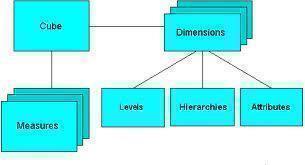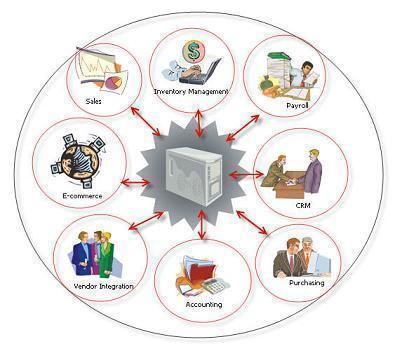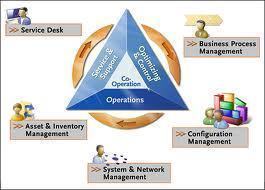A growing business of a company brings lots of effects with it and huge amount of data that needs to be stored and tracked is one of them. So, in order to deal with this data, new and sophisticated methods of data processing are required and OLAP or as others say, “On Line Analytical Processing”, is one of them.
Well, it is really difficult to describe what OLAP really is, but in a nutshell, one can say that On Line Analytical Processing is a class of software technology that allows managers, executives and analysts to gain insight into information that has been transmuted from raw data through different ways. For example, trend analysis, planning, simulating, and budgeting. What makes OLAP stand out is its ability to perform multi-dimensional calculations, thus allowing wide variety of reports.
As we all know, bigger the business, bigger are the reports and this is where multi-dimensional calculations help. Such calculations help colossal business to finish in seconds. And how is this possible? A database configured for OLAP exerts a multi-dimensional model which allows for intricate analytical queries with a rapid execution time.
The main component of OLAP is the OLAP server which is a high capacity, multi-user manipulation engine designed to operate multi-dimensional data and it sits between a client and database management systems or DBMS. An OLAP server is designed to support fast extemporized information in any alignment and also designed for rapid calculations.
Following are some of the benefits of OLAP –
- The main benefit of the OLAP is its steadiness in calculations. The reporting is always represented in a coherent presentation irrespective of how fast data is deal with through the OLAP server or software and thus allows the executives and analysts to know exactly to look for where.
- The other convenience of OLAP is that it allows the manager to tear down data from OLAP database in specific or broad terms. In layman’s term, the report can be as simple of comparing two columns or as complex of analyzing a huge amount of data. Moreover, it also helps to realize relationships that were forgotten earlier.
The term, On Line Analytical Processing, was coined in 1993 by Ted Codd who is referred as, “”the father of the relational database”. Express was the first software that performed OLAP queries and was released in 1970 but later acquired by Oracle in 1995. But OLAP was not a mainstream product until 1998, when Microsoft, released its own OLAP server called, Microsoft Analysis Services.
OLAP never had wide spread APIs which were enjoyed by other relational databases until 1997, when Microsoft, introduced the first real API, OLE DB for OLAP or ODBO and also introduced Multidimensional Expressions or MDX query language. MDX provides powerful syntax for manipulating the multi-dimensional data.
Following are the types of OLAP systems
- MOLAP – Multidimensional Online Analytical Processing or MOLAP is considered to be main form of OLAP and thus sometimes just referred as OLAP. It is known for its fast query performance which is because of optimized storage, multidimensional indexing and caching. One of the advantage of MOLAP is that array model provides natural indexing. The main disadvantage is that it introduces data redundancy.
- ROLAP – Relational Online Analytical Processing is an alternative to the MOLAP and works directly with relational databases. The main difference between MOLAP and ROLAP is that it doesn’t require storage of information. One advantage of ROLAP is that data stored in database can be accessed through SQL tool. But it is considered to be slower than MOLAP tools by industry people.
Some other types of OLAP which are not wide-spread are WOLAP, DOLAP, and RTOLAP.




Follow Us!